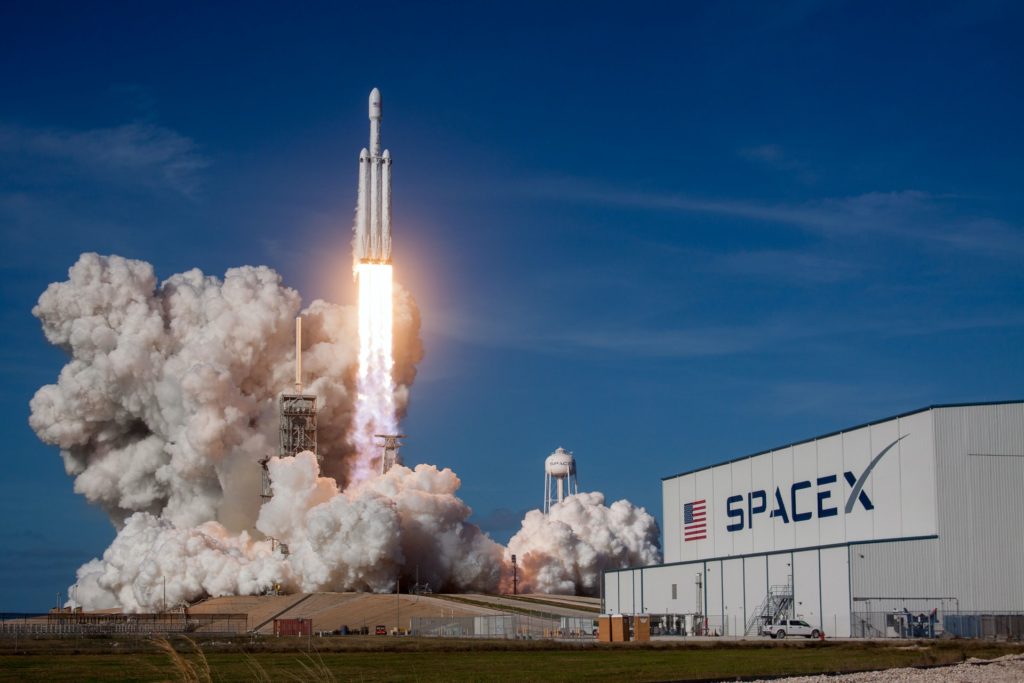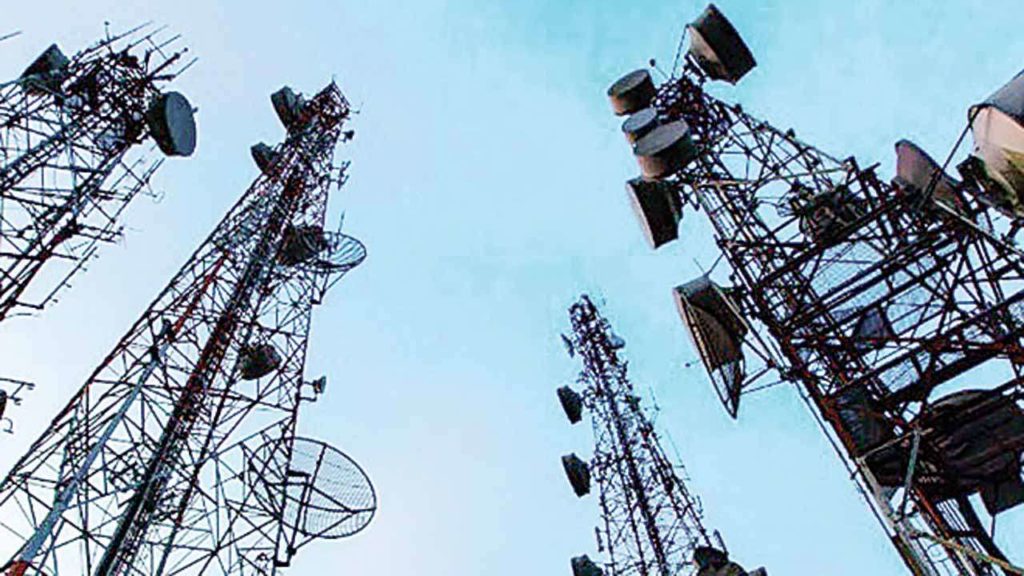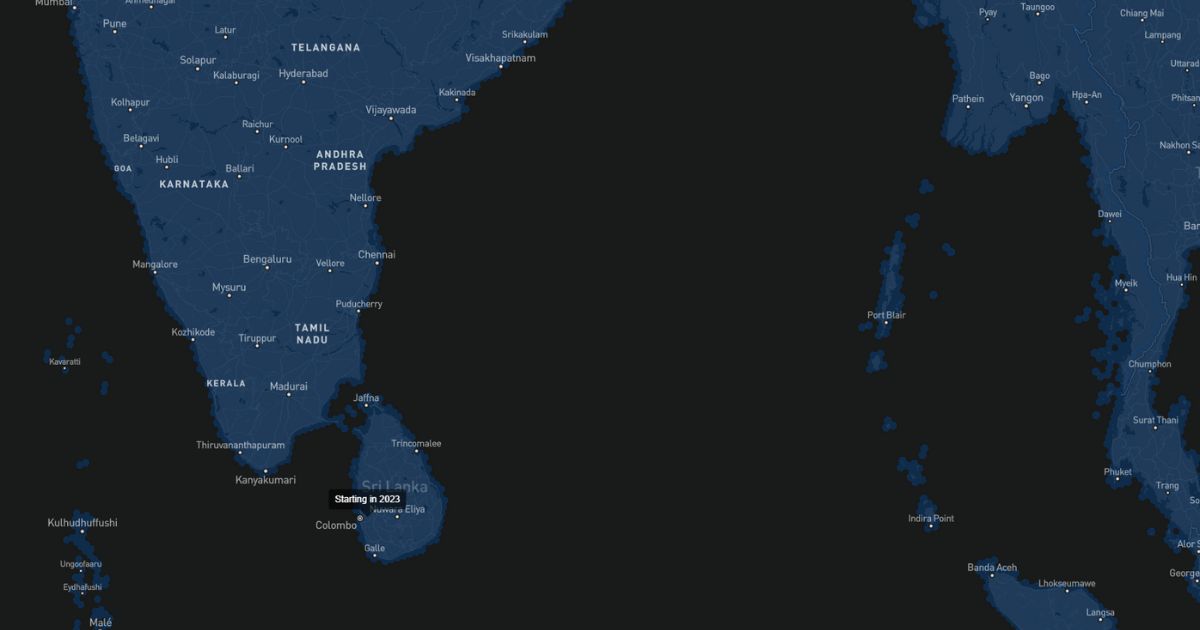Elon Musk recently announced that Starlink is now available on every continent, including Antarctica. Looking at the website’s global availability map shows Sri Lanka on the list as well. The company even accepts deposits to reserve orders. Although Starlink specifies that it expects to expand the service to Sri Lanka by 2023 and that actual availability will be subject to regulatory approval.
The Telecommunication Regulatory Commission of Sri Lanka (TRCSL) had already announced that preliminary discussions are underway on introducing Starlink internet service in Sri Lanka. According to TRC, the first round of discussions will focus on the regulatory requirements and prerequisites for initiating the service in the “near future”.
It’s unclear how this will pan out in Sri Lanka, despite Starlink’s 2023 expectations. At the moment, this is merely an indication there’s an active interest in enabling access to Starlink. But should SpaceX’s Starlink become available, Sri Lankans may finally have a viable internet alternative. Though we’re probably a long way off from this coming to fruition.
What’s Starlink?
Starlink is a satellite internet company that falls under Elon Musk’s SpaceX. The idea behind Starlink is to provide internet access to those without proper internet access. This is done by, well, you guessed it, satellites. It starts with your internet service provider receiving the internet signal via fiber from satellites in orbit. This signal is then moved to a network operations center. Afterward, the signal will be transmitted to individual customers. Through Starlink, this will be enabled via the satellite dishes in each customer household.

The company currently has over 1,000 satellites in orbit and offers speeds between 50 – 150 Mbps with 20 to 40 milliseconds latency. Starlink expects this to hit the 100-200 Mbps range while Musk claims an ambitious top speed of 300 Mbps by end of 2021. It’s a speed that serves the internet needs of almost every market, particularly Sri Lanka. Speaking of Sri Lanka, Starlink has no data caps either. That means potentially no more of that nighttime data nonsense.

In late 2020, the company kicked off its beta testing by offering services to the northern part of the US, Canada, and parts of Europe. Although the initial expectation was to offer global coverage by September, Starlink is only available to selected regions as of now. In August 2021, the company expanded to 14 countries including the UK, Germany, France, Ireland, Portugal, New Zealand, and Australia. By then, Musk tweeted that Starlink shipped 100,000 terminals to customers. He further stated that Starlink is waiting on regulatory approval from more countries.
Will this become another PayPal or Google Loon?
Sri Lanka is one of these countries looking to sort out the regulatory requirements. Director General at TRCSL believes the introduction of Starlink would act as a catalyst for specific use cases in the country. For example, “ensuring the success of the Digital Nomad program which requires universal high-speed internet which could be seamlessly in addition to the locally available internet services”.
Interestingly, according to a source (who chose to remain anonymous), Starlink would need to register itself as a legal entity in Sri Lanka. In other words, it needs to exist as an Internet Service Provider in order to get approval. Then there are other aspects such as defense ministry approval for satellite uplinks and considerations for importing satellite hardware. Though this could always change, depending on the government’s interest in expediting Starlink availability in the country, if at all.
However, this isn’t the first time the island came across the promise of global technology service. We all remember the Google Loon drama. Then there’s PayPal. The coming of PayPal inward remittance services to Sri Lanka is a recurring theme at least once every year.
So, it should be no surprise that the possibility of Starlink’s availability in Sri Lanka is met with general skepticism.
Starlink is costly for the average Sri Lankan
There’s also the question of affordability. Right now, signing up for Starlink will set you back USD 500 (~LKR 102,000) for hardware (one-time payment) and a monthly rental at USD 99, which roughly translates to LKR 20,000 (as of 29 November 2021). The closest local alternatives are from Dialog which offers 247.5GB of anytime data (371.2GB free data) at LKR 19,449. SLT on the other hand offers an unlimited fiber package for LKR 20,450. Though it tops at 50Mbps.

But the initial hardware cost on Starlink alone puts the first month’s bill at over LKR 120,000 for a minimum 50Mbps speed unlimited internet connection. As long as this is the case, the actual affordability of the service will be limited to a select few. It remains to be seen if the TRCSL has any plans on sorting out this cost factor.
However, the company has already reduced the pricing in several regions. In fact, users in Chile and Brazil markets report as much as a 50% drop. So, Sri Lanka could potentially get a more favorable pricing structure as well.
Regardless, we remain cautiously optimistic.
We’ve reached out to TRC regarding the status of Starlink coming to Sri Lanka and will update the article once we hear more from them.
[Update 20/09/2022]: Updated article to include information from the Starlink website’s global availability map and it’s recent price reduction for select regions







2023..?huh Its 2024 baby..😂
අද නෙමෙයි හෙට එනවා
https://readme.lk/starlink-in-sri-lanka/#starlink-sri-lanka-government-evaluation